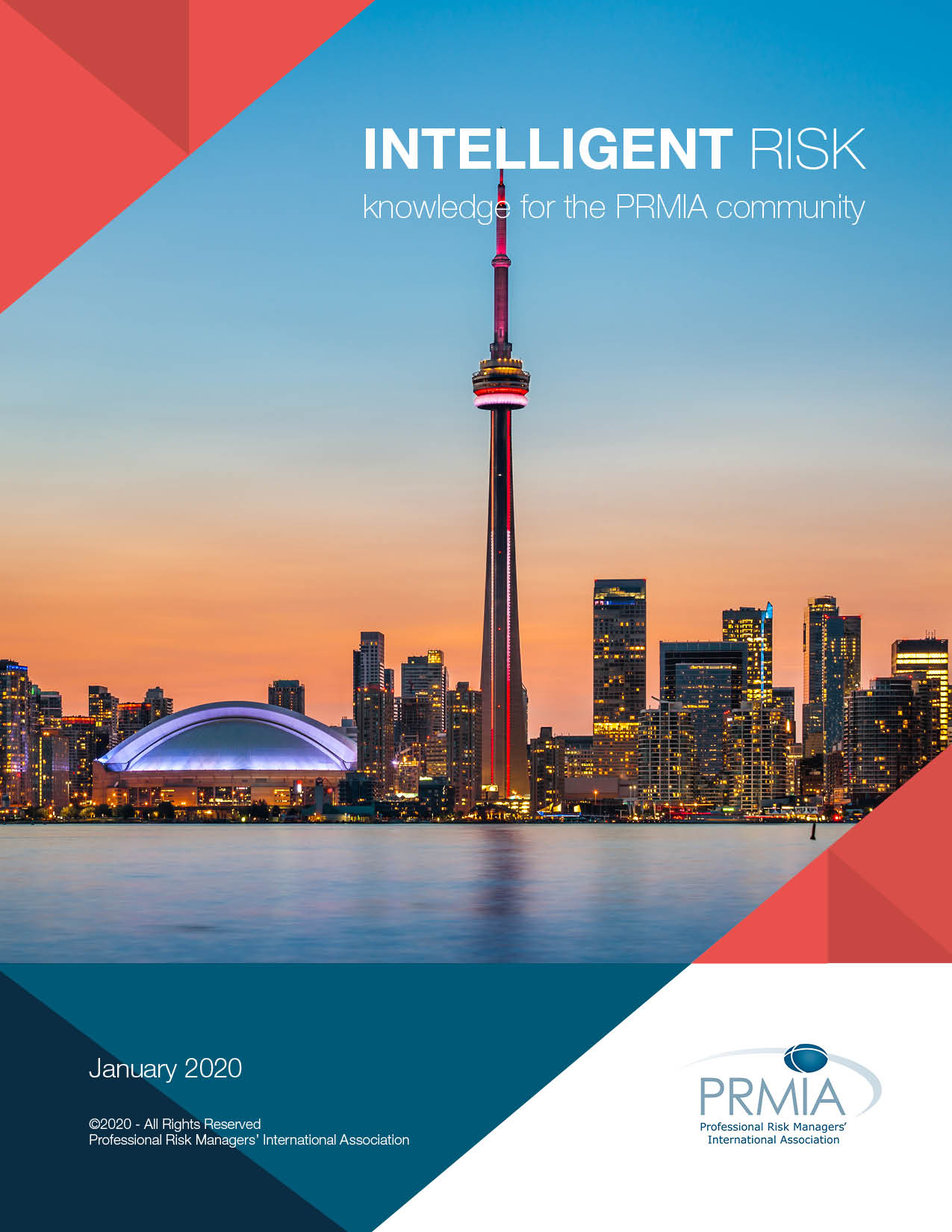What Challenges Exist with the Transition from IBORs to RFRs?
By Mohamed Ismail
A featured article of our January 2020 edition of PRMIA's Intelligent Risk quarterly newsletter
As we embark on a new decade, the challenge of replacing all ‘Inter-bank offer rates’ (IBORs) with ‘Risk-free rates’ (RFRs) remain a top priority for thousands of banks, insurers, corporates, and asset managers worldwide. By now, many financial organizations have acknowledged the industry-wide deadline of December 31, 2021 and have started building strategic groups, teams, and secured funding to address this complex initiative. An estimated $350 MM (USD) gross notional contracts, largely made up of OTC and exchange-traded derivatives make up a bulk of the traded products referencing IBORs, followed by debt, structured, and cash products. The aim is to produce a new benchmark rate free of market subjectivity and manipulation, promoting fair transaction-based valuations that represent the activity in the financial markets. While organizations such as the CME have cleared millions of futures contracts referencing RFRs (i.e. – the ‘Secured Overnight Financing Rate’ SOFR), the industry is still struggling, sparking industry-wide debate and strategic alliances to avoid a potential systemic catastrophe.
Continue to Read [PDF]
About the Intelligent Risk
 Intelligent Risk
Intelligent Risk is PRMIA's quarterly publication, bringing all PRMIA members free access to knowledge and information about risk management for financial institutions as well as current information on PRMIA chapters, committees, academic partners, news and events.
Individual articles from each edition are published under our members only
Risk Library resources section. PRMIA is sharing select articles from the January 2020 edition with the public. Get more articles like this by joining PRMIA today.
PRMIA Membership Information